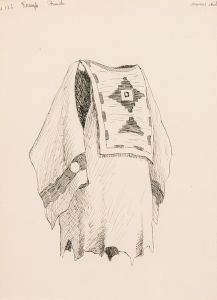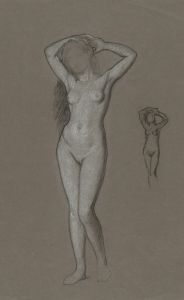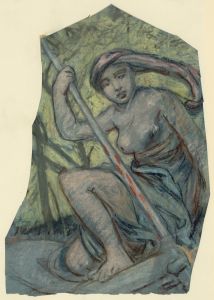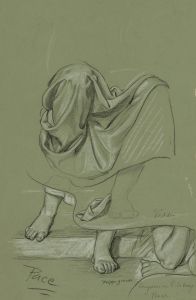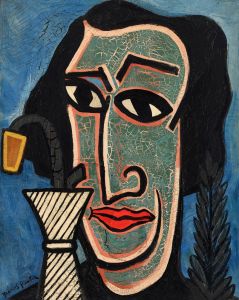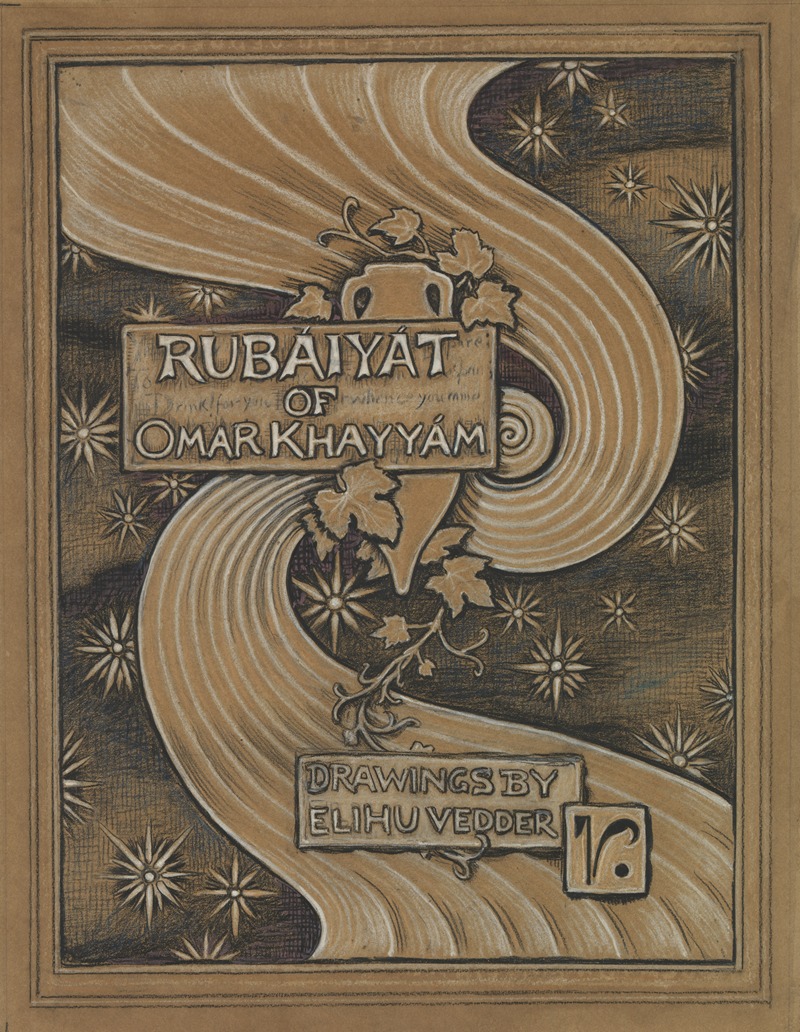
Cover
A hand-painted replica of Elihu Vedder’s masterpiece Cover, meticulously crafted by professional artists to capture the true essence of the original. Each piece is created with museum-quality canvas and rare mineral pigments, carefully painted by experienced artists with delicate brushstrokes and rich, layered colors to perfectly recreate the texture of the original artwork. Unlike machine-printed reproductions, this hand-painted version brings the painting to life, infused with the artist’s emotions and skill in every stroke. Whether for personal collection or home decoration, it instantly elevates the artistic atmosphere of any space.
Elihu Vedder (1836-1923) was an American symbolist painter, book illustrator, and poet, best known for his illustrations of "The Rubaiyat of Omar Khayyam." One of his notable works is "Cover," which he created as part of his illustrations for the 1884 edition of "The Rubaiyat of Omar Khayyam," translated by Edward FitzGerald.
Elihu Vedder was born in New York City and studied art in Paris and Italy. He was deeply influenced by the Pre-Raphaelite Brotherhood and the Symbolist movement, which is evident in his mystical and allegorical style. Vedder's work often explores themes of fate, destiny, and the human condition, reflecting his interest in mysticism and philosophy.
The "Cover" illustration for "The Rubaiyat of Omar Khayyam" is a prime example of Vedder's symbolic and intricate style. The cover design features a richly detailed and ornate composition, incorporating elements that reflect the themes of the poetry within. The central motif of the cover is a large, circular medallion that contains intricate patterns and symbolic imagery. Surrounding the medallion are various decorative elements, including floral motifs and geometric designs, which are characteristic of Vedder's attention to detail and his ability to blend different artistic influences.
"The Rubaiyat of Omar Khayyam" is a collection of quatrains attributed to the Persian poet Omar Khayyam, and it gained widespread popularity in the English-speaking world through FitzGerald's translation. Vedder's illustrations for the book, including the cover, played a significant role in enhancing the visual and emotional impact of the poetry. His work on "The Rubaiyat" is considered one of the finest examples of book illustration from the 19th century.
Vedder's "Cover" for "The Rubaiyat of Omar Khayyam" is not only a testament to his skill as an illustrator but also to his ability to convey complex themes through visual art. The intricate design and symbolic elements of the cover invite viewers to delve deeper into the meanings and interpretations of the poetry. Vedder's work on this project helped to elevate the status of book illustration as a serious art form and contributed to the enduring legacy of "The Rubaiyat of Omar Khayyam."
Throughout his career, Vedder continued to explore themes of mysticism and symbolism in his art. He spent much of his life in Italy, where he was part of the expatriate art community and continued to produce paintings, illustrations, and other works that reflected his unique vision. Vedder's contributions to the art world, particularly through his illustrations for "The Rubaiyat of Omar Khayyam," remain highly regarded and continue to be studied and appreciated by art historians and enthusiasts alike.
In summary, Elihu Vedder's "Cover" for "The Rubaiyat of Omar Khayyam" is a significant work that showcases his talent for intricate design and symbolic representation. It remains an important example of 19th-century book illustration and a testament to Vedder's artistic legacy.





